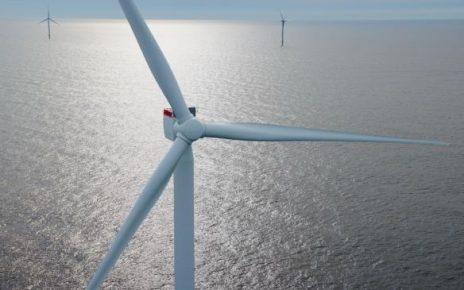New York Governor Kathy Hochul announced that the Federal Highway Administration has completed the environmental review of the State’s nation-leading congestion pricing program – Manhattan Central Business District Tolling – following a 30-day public availability period of the Final Environmental Assessment. The federal agency also issued a Finding of No Significant Impact, confirming the conclusion of the Final Environmental Assessment, which includes mitigation measures to be undertaken by the program, that the program will have no significant environmental impacts.
“Congestion pricing will reduce traffic in our crowded downtown, improve air quality and provide critical resources to the MTA.” Governor Hochul said. “I am proud of the thorough Environmental Assessment process we conducted, including responding to thousands of comments from community members from across the region. With the green light from the federal government, we look forward to moving ahead with the implementation of this program.”
The Environmental Assessment (EA), prepared by the Triborough Bridge and Tunnel Authority (TBTA), an affiliate agency of the Metropolitan Transportation Authority (MTA), New York State Department of Transportation (NYS DOT), and New York City Department of Transportation (NYC DOT) in consultation with the Federal Highway Administration (FHWA), found the program is expected to meet its objectives by reducing congestion and overall vehicle miles traveled, with related regional air quality benefits, while providing financial support to capital upgrades for the MTA’s public transportation system.
Before a tolling rate structure can be set, the Traffic Mobility Review Board (TMRB), a body required by the April 2019 State Legislation that established the Central Business District Tolling Program, will develop a recommended toll structure after considering factors such as traffic patterns, traffic mitigation measures, operating costs, public impact, public safety, vehicle types, discounts, peak and off-peak rates, air quality and emissions trends. The TMRB will provide a report explaining its recommendations, including the underlying review and analysis, to the Board of TBTA, which is coterminous with the MTA Board. The TBTA Board will adopt and establish the tolling structure.
If a tolling structure is adopted on a timeline as expected, toll collection could begin as early as May 2024, which gives contractors a contractually obligated 310 days to finish designing, developing, testing, and installing the tolling system and equipment.
MTA Chair and CEO Janno Lieber said, “Now the real work begins. The MTA Board, in its capacity as the TBTA Board, must adopt a tolling structure, and contractors need to set up tolling equipment throughout the tolling area. The result will be reduced traffic congestion and the establishment of one of the funding pillars for the MTA’s historic 2020-2024 Capital Program, a historic level of investment to make upgrades that will bring the network to a State of Good Repair, enhance accessibility, accelerate climate resiliency and eliminate transit deserts.”

